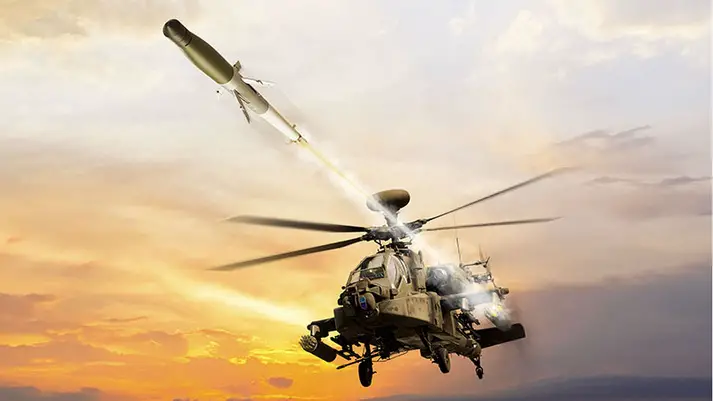The Naval Air Systems Command in Maryland has awarded a $225 million contract to BAE Systems Information and Electronic Systems Integration Inc for the delivery of over 9000 additional units of the Advanced Precision Kill Weapon System (APKWS) II by September 2020. BAE Systems is awarded $225 million for delivery order N0001919F2701 against a previously awarded contract to procure 9,999 additional Lot 7, full-rate production units of the Advanced Precision Kill Weapon System (APKWS) II, the Defense Department said.
Also added that the procurement of the additional APKWS II weapons will upgrade the current 2.75-inch rocket system to a semi-active laser guided precision weapon in support of the Army, Navy, Marine Corps, Air Force and the governments of Nigeria and the Netherlands. Work will be performed in Hudson, New Hampshire; and Austin, Texas, and is expected to be completed in September 2020.

On 14 April 2014, the US signed an agreement with the Jordanian Air Force for the sale of the APKWS for use on their CN-235 gunship. On November 2014, the US approved the sale of up to 2000 APKWS rockets to Iraq, and on June 2015 a sale of six A-29 Super Tucanos to the Lebanese Air Force included 2000 APKWS rockets for use on the turboprops, totalling at $462 million. To date, the rocket has achieved over a 93% hit rate according to BAE Systems.
APKWS upgrades 2.75-inch (70 mm) rockets to a semi-active laser guided precision weapon. The system is a design conversion for Hydra 70 unguided rockets turning them into low-yield precision-guided munitions to help avoid collateral damage. The APKWS is a 2.75-inch laser-guided rocket aimed at engaging lightly armoured point targets, putting it between unguided rockets such as the Hydra 70 and anti-armour munitions such as the AGM-114 Hellfire. It is equipped with the WGU-5/B mid-body guidance unit, which features DASALS seeker optics which deploy 0.5 seconds after launch. This unit is installed between the Mk 66 Mod 4 rocket motor and warhead, which increases the rocket length by 47cm and weight by 4.1kg, in comparison to the Hydra system.













